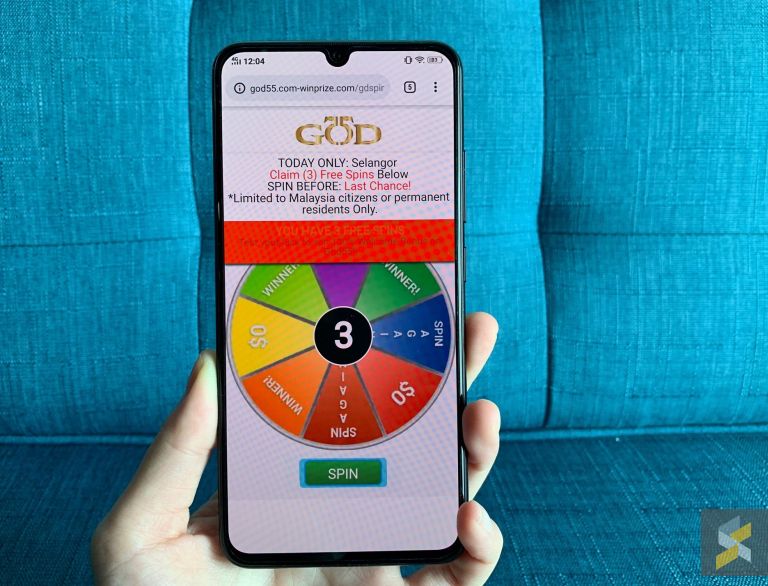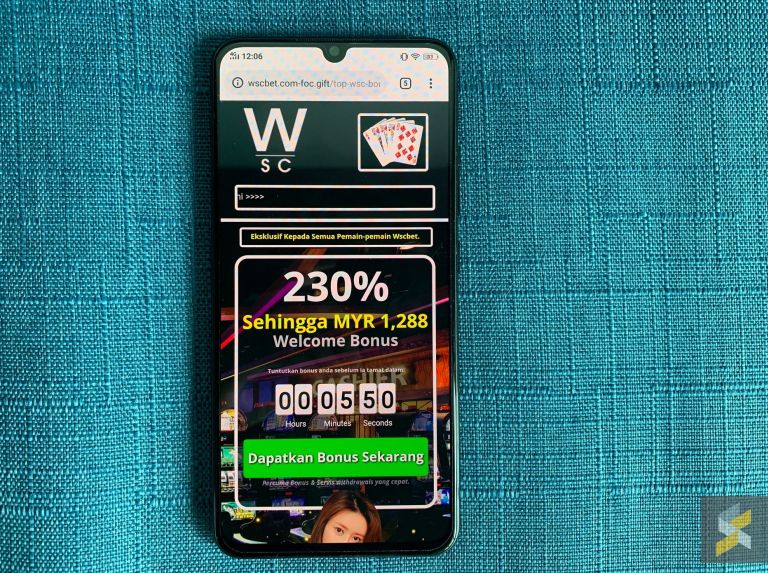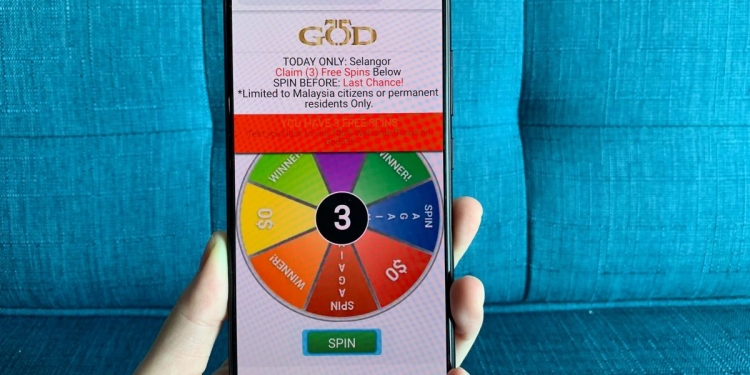
Google wants to crack down hard on what it calls “abusive experiences” on its Chrome browser with an enhancement in an upcoming. The Chrome 71 browser update is scheduled to be released sometime in December this year. With the update, Google hopes to improve Chrome’s ability to block ads that it deems misleading and intrusive, in fact, Google says that the update “will remove all ads on the small number of sites with persistent abusive experiences.” Of course as a user, you will have the option to disable the ad blocker feature if you like.
The types of online ads that Google classifies as abusive experiences:
Fake Messages
Ads or other elements that resemble chat apps, warnings, system dialogues or other notifications that lead to an ad or landing page when clicked.
Unexpected Click Areas
Transparent backgrounds, non-visible page elements or other typically non-clickable areas that lead to an ad or landing page when clicked.
Misleading Site Behaviour
Page features such as scroll bars, play buttons, ‘next’ arrows, close buttons or navigation links that lead to an ad or landing page when clicked.
Phishing
Ads or page elements that attempt to steal personal information or trick your users into sharing personal information.
Auto-Redirect
Ads or page elements that auto-redirect the page without user action.
Mouse Pointer
Ads or page elements that resemble a moving or clicking mouse pointer that attempt to trick a user into interacting with it.
Malware or Unwanted Software
Ads or page elements that promote, host or link to malware or unwanted software that may be installed on your users’ machines.

Two types of abusive experiences where a deceptive site control appears to do one thing but has a different behaviour when clicked. One looks like a play button on a video but sends the user to an unwanted download when clicked (left), and the other looks like a close button but instead opens unwanted pop-up windows (right). – Source: Google Chromium Blog
Websites that persistently feature these types of ads will be blacklisted by Google in addition to having the offending ads removed from the website when it loads on Chrome.
Once a site is blacklisted, the website owners will have 30 days to bring the ads down. Once the 30 days are up and if no action is taken, Google will bring down every ad on the site, even the legit ones.
Site owners can use the Abusive Experiences Report in their Google Search Console to see if their site contains any of these abusive experiences that need to be corrected or removed.
So what are your thoughts on this? Let us know in the comments section below.










